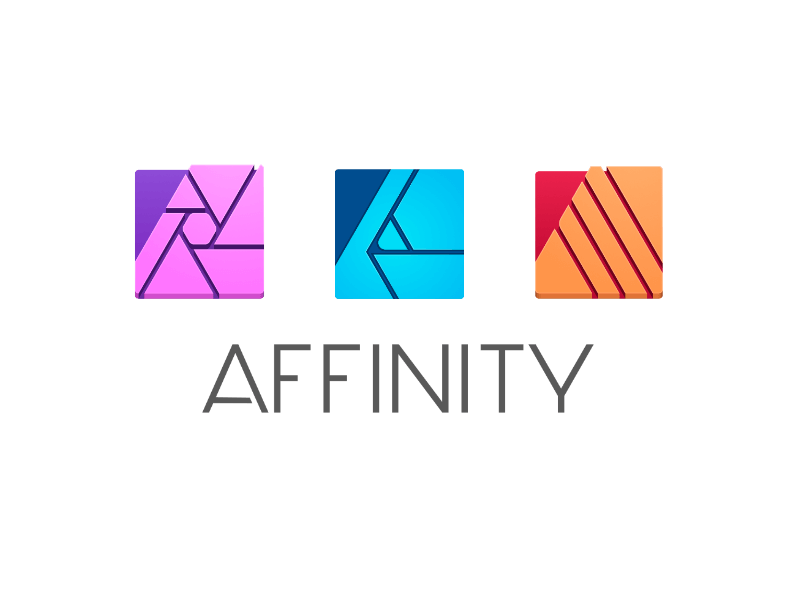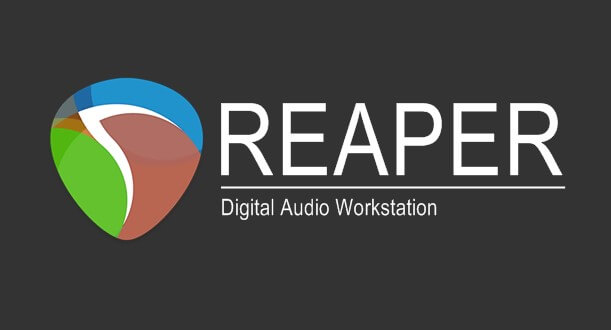Tool Stack for Indie Game Developers
Being a small indie game developer is synonymous with being a jack of all trades. If you want to avoid delegating to contractors, You have to wear a lot of hats and be skilled at Art, Programming, Game Design, Music Composition, and Marketing depending on the game you are making.
This software stack is targeted in particular to 3D game developers, as this is the type of game I make, but some of the tools listed are useful whatever the type of game you want to make.
Let’s start!
Game Engine: Unreal Engine 5

Most solo or small-scale studios often choose Unity as their game engine.
Unreal Engine is often used by medium to big AAA studios, but it also works great for smaller teams. There is a large panel of solo or small studios using this engine, and Epic is making great efforts to support indies.
It has become very accessible thanks to Blueprint, the visual scripting language introduced in Unreal Engine 4, and it can do most of what you could do in C++, without too much of a hit on the performance.
It is a battle-tested game engine, used by game development studios of all sizes, and you take advantage of years of shipping game experience, resulting in a large panel of features (even more so with the release of Unreal Engine 5 and innovative features like Nanite or Lumen).
The engine choice depends more on the type of game that you want to make and the skill you have though. Unreal Engine is more suited for First Person Shooters or Third Person types of games. You can do other type of games with it, but it might sometimes require fighting against the engine and its opinionated architecture.
Epic has also designed its pricing model with solo and small indie game dev in mind, by asking for 5% royalties only after the revenue from a game is over 1 Million $.
3D Art : Blender

Blender is a great 3D computer graphics software tool for solo developers. It has always been seen as more of a software for hobbyists, and the substitute for software such as 3DS Max or Maya, which are the most popular in the industry. But recently (since version 2.8), Blender has really caught up, and it is now on par with them for most of the features available.
The learning curve is a little steep, but once you get over it and understand its philosophy, working with Blender becomes a treat.
You can use it for modeling, sculpting, 3D and 2D animation texturing, cinematic renders, and much more.
The only downside I have encountered so far is that it is good at about everything, but not as good as specialized software for each use case. For example, the Substance suite has more advanced features for texturing, Zbrush is better at Sculpting, etc. But Blender will be good enough most of the time.
Programming & IDE : Visual Studio

Visual Studio is the go-to IDE for C++ programming with Unreal Engine. The Community edition is free and contains most of the useful features you will need for game development with Unreal Engine (syntax highlighting, IntelliSense, Step-Through debugging, GoTo-Definition, …).
However, most of Unreal Engine C++ programmers recommended using Visual Studio with Visual Assist. It recognizes most of the macros and specificities of Unreal Engine source code, and replaces IntelliSense, which can be slow and struggle to understand some parts of Unreal Engine code.
Recently, There has been Rider that has taken Game programmers by storm. However, it requires paying an annual subscription.
However, Visual Studio remains the most widely used IDE for Unreal Engine.
Graphics editor: Affinity Suite

The Affinity suite is a good substitute for Photoshop.
Its main advantage compared to Photoshop is its pricing, which is a one-time purchase of 85$, as opposed to Adobe Photoshop, which is subscription-based, and at least 20$ per month.
Affinity photo is more targeted for image and photo editing at its core, but it can be used for any raster image editing.
Affinity Designer is targeted at vector graphics, and it can be used mostly for UI design, logos, and marketing assets.
But Photoshop remains the go-to software for image editing, and most of Game Development tutorials, resources, and studios out there will be using Photoshop.
Affinity remains behind for some specific Game Development workflow compared to Photoshop (Texture packing using RGB channels for example). It also lacks some features that make your workflow quicker, and it will sometimes require a little bit more work and fiddling with the UI to get stuff done.
Audio & Sound: Reaper

Reaper is in a similar position in the DAW landscape as Blender is in the 3D Art tools landscape. It is a cheap but powerful software with a steep learning curve because it does things its own way. But it's good once it has been tame.
There are lots of resources available online, the main ones being the reaper forum and the REAPER Mania youtube channel, which is a gold mine for any reaper user.
In the same way as Blender or Affinity, it is not the go-to DAW for professionals, but many composers and sound designers currently working in the game industry using Reaper.
I'll say that its main downside is the User Experience. It does things its own way compared to other DAW, so it takes quite a while to master it.
It comes with out-of-the-box plugins for common effects like reverb, EQ, or compressor, but you can use whatever external plugin or VST you own. (Kontakt, etc)
And like all the software tools described in this blog post, its main advantage is its pricing model, as it is a one-time purchase at 60$ if your yearly gross revenue is under 20 000$, or 225$ otherwise.
